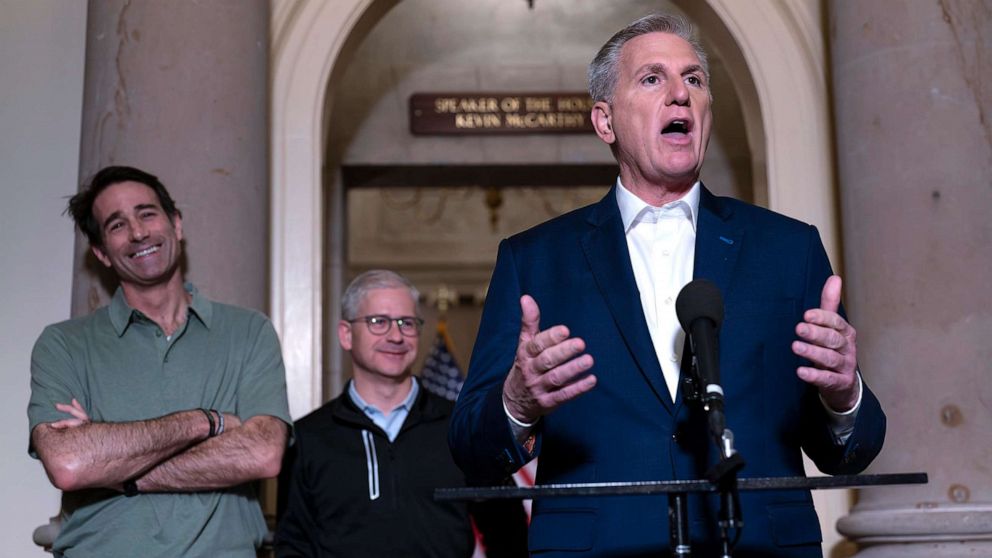# No, a $600 stimulus check won’t cover most rents — here’s how to make it last

Table of Contents
“#
No, a $600 stimulus check won’t cover most rents — here’s how to make it last
”
The money is ‘a godsend’ to the most financially vulnerable, one financial adviser said.
Since the first round of stimulus checks went out to Americans in April, the looming question on many financially vulnerable people’s minds has been will there be another round of stimulus checks, and if so, when will it happen?
Congress answered those questions this week by passing a $908 billion relief package that includes $600 direct payment checks to individuals, plus an additional $600 for each eligible child. The only thing missing at this point is President Donald Trump’s signature.
Jobless Americans who qualify for stimulus checks will also be receiving an additional $300 a week in federal unemployment benefits on top of their state unemployment benefits. Though employment policy experts say it could take more than a month for state workforce agencies to begin distributing those extra benefits to claimants.
The first batch of stimulus checks, however, could start getting sent out as early as the beginning of next week, Treasury Secretary Steven Mnuchin said Monday.
That money couldn’t come soon enough for millions of Americans who are draining their checking accounts and behind on rent and utility bills. An estimated 12 million Americans will owe an average of $5,850 in back rent and utilities by January, according to a Moody’s Analytics report
MCO,
Roughly one in five Americans have turned to a food bank at some point in the pandemic to feed themselves and their family members, according to a Consumer Reports survey.
While $600 (or more, depending on your family size and status) certainly won’t cover all the expenses that cash-strapped Americans have, here’s a look at how far $600 can go for the average American household.
Don’t miss: When will I get my second stimulus check? Can U.S. citizens married to non-citizens get one? Your stimulus check FAQs
More than a month of groceries
In October, the average household spent $472.30 at grocery stores, according to data compiled by Nielsen’s
NLSN,
consumer intelligence team. Roughly half of that total was spent on food items, while the remainder was spent on alcoholic beverages, health and beauty products, household items and baby care.
A third of a month’s rent
Across the U.S. the average monthly rent for a one-bedroom apartment was $1,651 in June, according to a Rent.com analysis.
Half of a family’s healthcare premiums
On average, individuals in the U.S. pay $456 a month for health insurance, according to eHealth, a private online health insurance marketplace. Families on average pay $1,152 a month.
Two months of utility expenses
Americans spend an average of nearly $290 a month on utilities including electricity, natural gas and water, according to a report published by Doxo, a digital bill-paying service.
Three months of internet and cell service
On average, Americans spend $88 a month for cell service and $110 for cable and internet, according to Doxo.
Two to three months of student loan payments
A student loan repayment pause is currently in effect through Jan. 31. For those making payments, the typical monthly payment is between $200 and $299 a month, according to Federal Reserve data. It’s likely that President-elect Joe Biden will take action to further extend the payment pause.
How to stretch your $600 stimulus check
Even when Americans were receiving $1,200 stimulus checks back in April, some 31% said the funds wouldn’t be enough to sustain their financial well-being for a month, according to an April report published by Bankrate.com.
Making $600 stretch will prove to be even more challenging for many Americans.
A good rule of thumb is to compare any income you receive in a given month (including unemployment benefits) to your typical monthly expenses, Langford told MarketWatch. So, for instance, if spending surpasses income by $100/month, the check will get you six months without incurring debt.
Also see: Millions of Americans are in ‘survival mode’ — beware, decisions made in this frame of mind can make or break you
It’s best to use the money to cover the bare necessities first, said Nadine Burns, president and CEO of A New Path Financial, a financial advisory group based in Ann Arbor, Mich.
Start off with food, then healthcare premiums and then housing costs (either rent or mortgage repayments). It may not be necessary to put the full amount of your check towards food though, because food pantries and anti-hunger state programs can provide or defray food costs, Burns noted. On the other hand, “healthcare premiums are crucial to keep right now, as you do not want to get ill and find yourself in healthcare debt that can be staggering.”
Consider putting tax debt further down the list of priorities, she added. While it’s certainly important, and the IRS does want to collect the money, Burns noted people can usually work out repayment plans with the agency.
Ultimately, Americans should think of the $600 checks as a means of adding some breathing space in a household budget, Langford said. It can also help by buying people more time to plan out their next move.
“It’s really important, first of all, to be kind to yourself, and be patient and have a plan,” Langford said, later adding, “This can hold you over and give you boost in the mindset to keep moving forward.”
By
Elisabeth Buchwald and
Andrew Keshner
If you liked the article, do not forget to share it with your friends. Follow us on Google News too, click on the star and choose us from your favorites.
For forums sites go to Forum.BuradaBiliyorum.Com
If you want to read more News articles, you can visit our News category.




